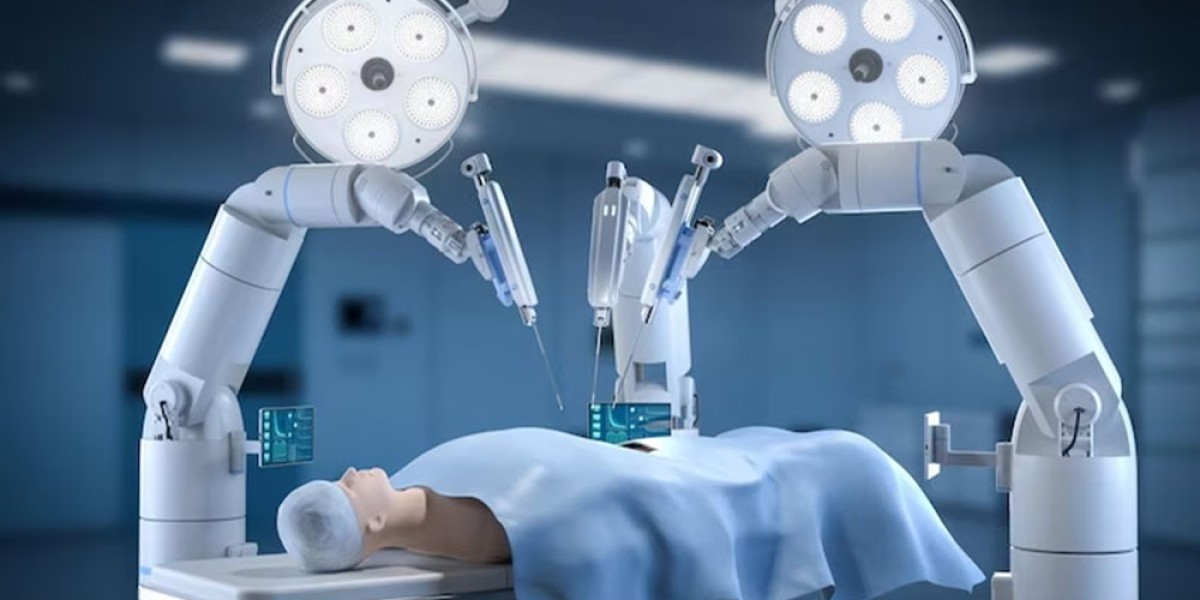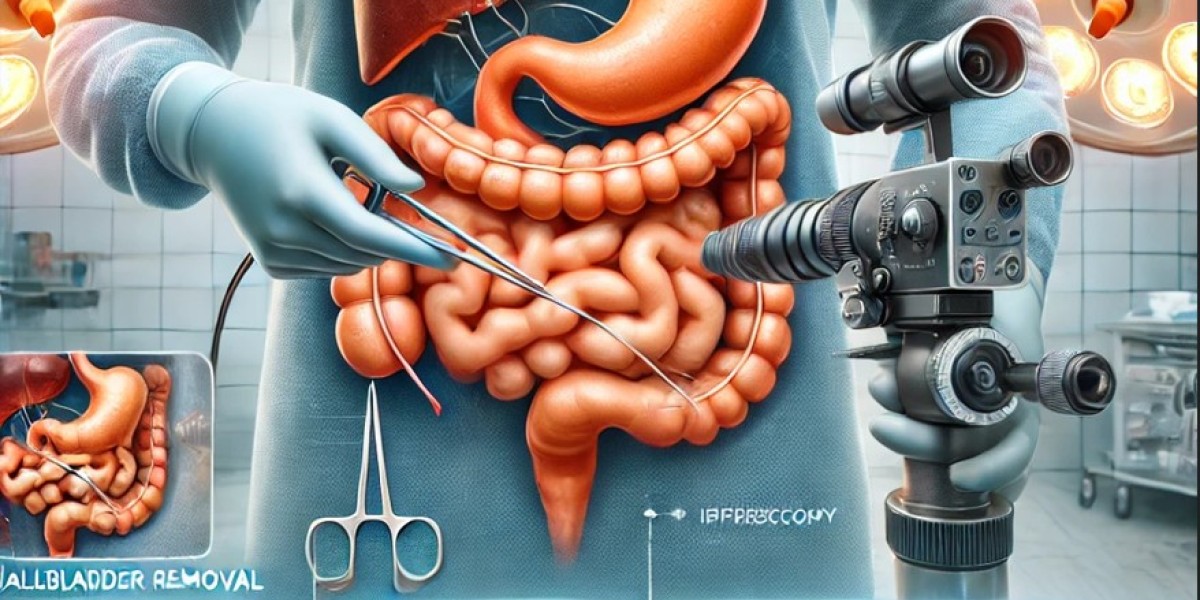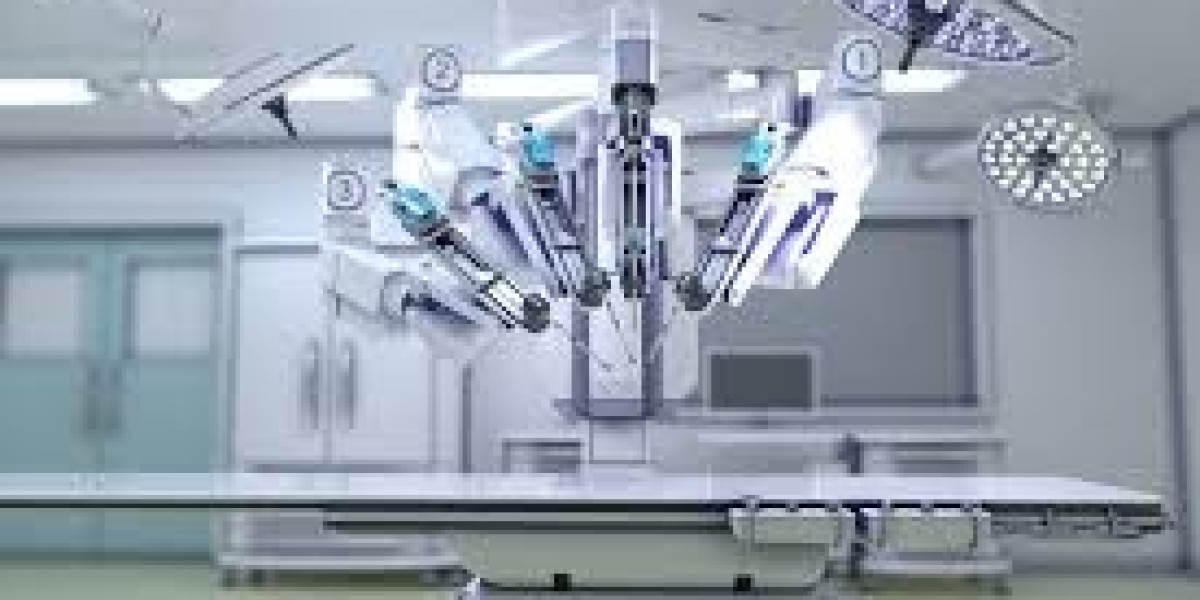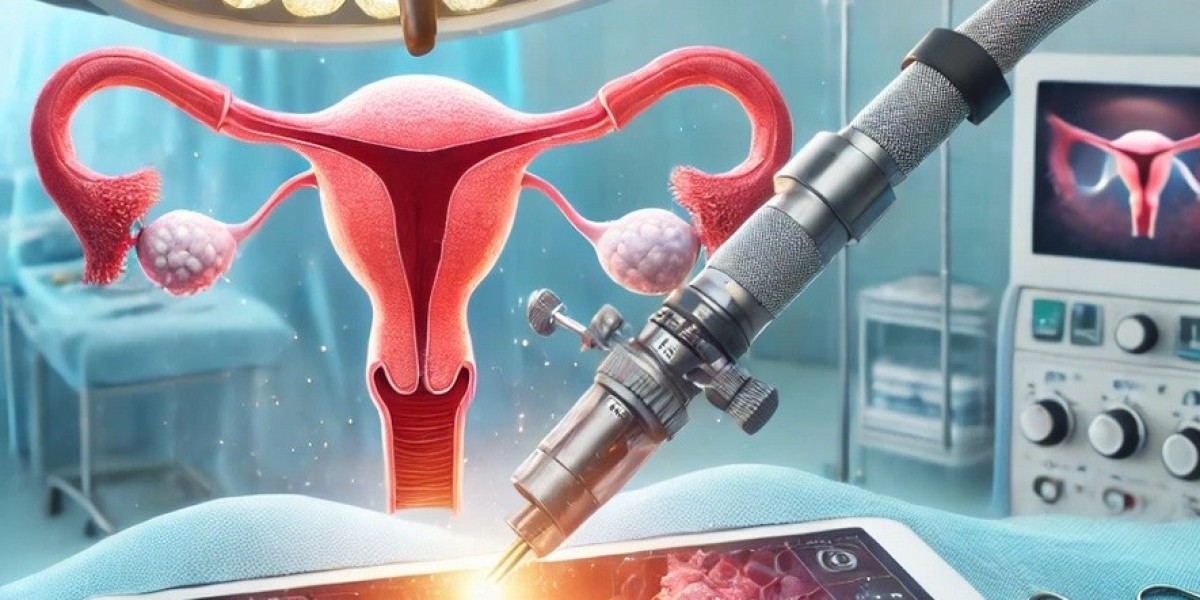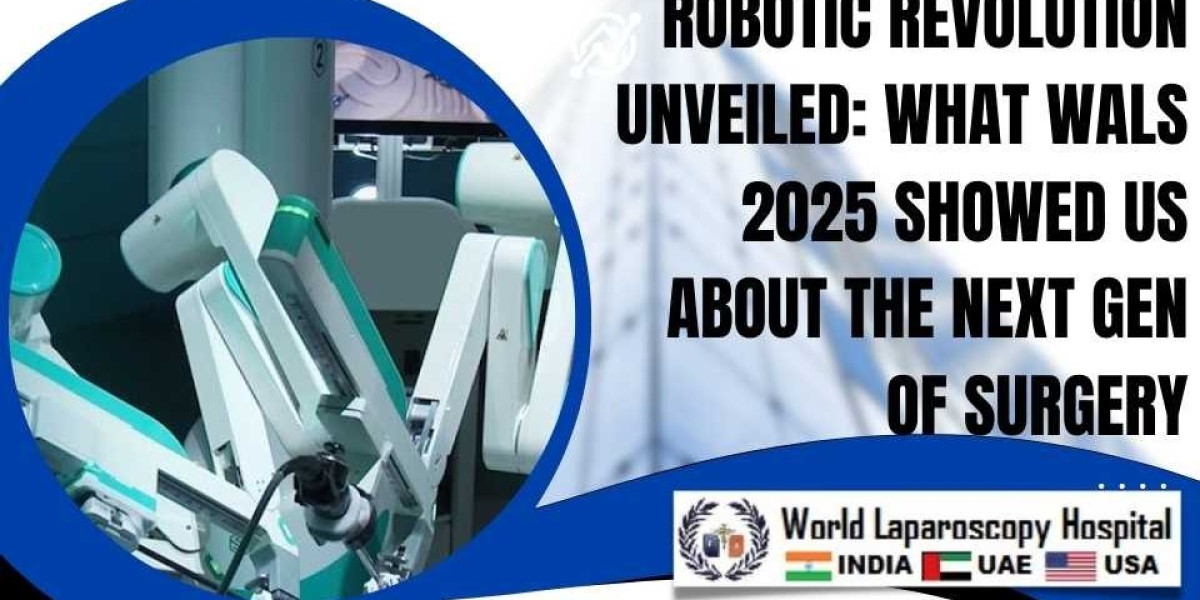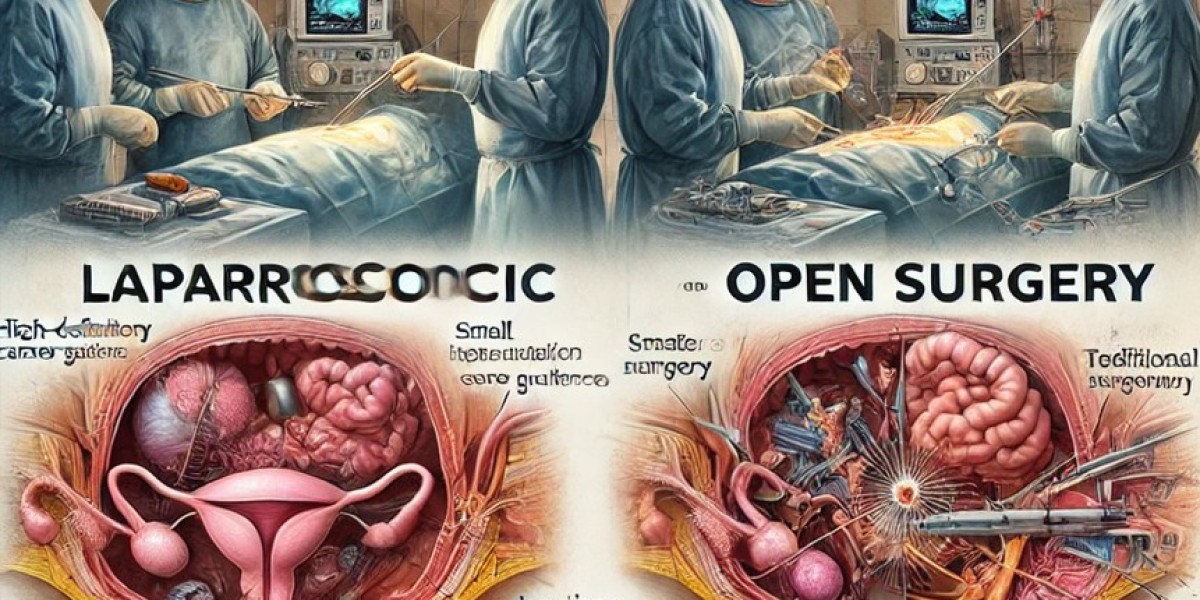Haptic Feedback in Robotic Surgery: Enhancing Precision and Safety
In the rapidly evolving field of robotic surgery, technological advancements continue to redefine the boundaries of medical precision and patient safety. Among these innovations, haptic feedback—the ability to simulate the sense of touch—stands out as a transformative feature. By integrating haptic technology into robotic surgical systems, surgeons gain an enhanced ability to "feel" tissues, manipulate instruments with greater accuracy, and perform complex procedures with improved outcomes. This article explores how haptic feedback works, its role in robotic surgery, and its potential to revolutionize the operating room.
What is Haptic Feedback?
Haptic feedback refers to the use of tactile sensations to replicate the sense of touch in a digital or robotic interface. In everyday life, we encounter haptics in devices like smartphones, which vibrate to confirm a tap, or gaming controllers that simulate the recoil of a virtual weapon. In robotic surgery, haptic feedback takes this concept to a higher level of sophistication, enabling surgeons to perceive forces, textures, and resistance as they manipulate robotic instruments remotely.
Traditional Robotic Surgical Systems, such as the widely used da Vinci Surgical System, rely heavily on visual feedback through high-definition cameras. While these systems offer exceptional precision and dexterity, they lack the tactile cues that surgeons traditionally depend on during open or laparoscopic procedures. Haptic feedback bridges this gap by translating mechanical forces from the surgical site into sensations that the surgeon can feel through a control console, effectively restoring a critical dimension of sensory input.
The Role of Haptic Feedback in Robotic Surgery
Robotic surgery has revolutionized minimally invasive procedures, allowing surgeons to operate through tiny incisions with enhanced visualization and control. However, the absence of tactile feedback has long been a limitation. Surgeons must rely on visual cues alone to judge tissue stiffness, detect boundaries between healthy and diseased tissue, or avoid excessive force that could damage delicate structures. Haptic feedback addresses these challenges in several key ways:
1. Improved Precision: By providing real-time tactile information, haptic feedback allows surgeons to adjust their movements with finer control. For example, when suturing or dissecting tissue, a surgeon can sense the tension in a thread or the resistance of a specific organ, reducing the risk of unintended tears or perforations.
2. Enhanced Safety: The ability to "feel" the surgical environment helps prevent complications. Excessive force applied to fragile tissues, such as blood vessels or nerves, can lead to bleeding or permanent damage. Haptic feedback acts as a safeguard, alerting surgeons to potential hazards before they escalate.
3. Reduced Cognitive Load: Without haptic feedback, surgeons must compensate by interpreting visual data more intensely, which can increase mental fatigue during long procedures. By restoring a natural sense of touch, haptic systems allow for a more intuitive workflow, potentially improving focus and decision-making.
4. Training and Skill Development: For surgical trainees, haptic feedback provides a more realistic simulation of traditional surgery, accelerating the learning curve for robotic techniques. It enables novices to develop a better understanding of tissue handling and force application in a controlled environment.
How Haptic Feedback is Implemented
Integrating haptic feedback into robotic surgery requires a combination of advanced hardware and software. At the surgical site, sensors on robotic instruments measure forces, vibrations, and resistances as they interact with tissues. These signals are then transmitted to the surgeon’s console, where actuators—small motors or devices—generate corresponding tactile sensations in the hand controls. The system must operate with minimal latency to ensure that the feedback aligns seamlessly with the surgeon’s actions, preserving the illusion of direct contact.
One challenge in developing haptic systems is replicating the nuanced tactile sensations of human touch. Human skin can detect a vast range of pressures, textures, and vibrations, whereas current haptic technology offers a more limited spectrum. Researchers are exploring innovations such as piezoelectric actuators, microfluidic devices, and machine learning algorithms to refine the fidelity of haptic feedback, bringing it closer to the real thing.
Current Applications and Limitations
Several robotic surgical platforms are beginning to incorporate haptic feedback, though the technology is still in its early stages of widespread adoption. Systems like the Senhance Surgical System and experimental prototypes from academic institutions have demonstrated promising results in procedures such as colorectal surgery, gynecological operations, and urologic interventions. Studies suggest that haptic-enabled systems can reduce operative errors and improve efficiency, particularly in tasks requiring delicate tissue manipulation.
However, challenges remain. The complexity of haptic technology increases the cost of robotic systems, potentially limiting accessibility in resource-constrained settings. Additionally, integrating haptics without compromising the lightweight design and dexterity of robotic instruments is a persistent engineering hurdle. Surgeons also require training to adapt to haptic feedback, as the sensations may differ from those experienced in traditional surgery.
The Future of Haptic Feedback in Surgery
As haptic technology matures, its impact on robotic surgery could be profound. Future systems may combine haptic feedback with artificial intelligence to provide predictive cues, such as warning surgeons of impending tissue damage before it occurs. Augmented reality overlays could pair tactile data with visual enhancements, creating a multisensory surgical experience. Moreover, advancements in teleoperated surgery—where surgeons operate remotely over long distances—could benefit from haptics, making procedures feel as intuitive as if the surgeon were at the patient’s side.
The ultimate goal is to make robotic surgery not only a tool for precision but also a seamless extension of the surgeon’s senses. By restoring the sense of touch, haptic feedback promises to elevate the standard of care, reducing complications, shortening recovery times, and expanding the possibilities of minimally invasive techniques.
Conclusion
Haptic feedback represents a significant leap forward in the evolution of robotic surgery. By enhancing precision and safety, it addresses one of the field’s most persistent shortcomings—the loss of tactile sensation. While technical and economic challenges remain, ongoing research and development are paving the way for broader adoption. As haptic-enabled systems become more refined and accessible, they hold the potential to transform surgical practice, benefiting surgeons and patients alike. In an era where technology increasingly mediates human skill, haptic feedback ensures that the human touch remains at the heart of medicine.
